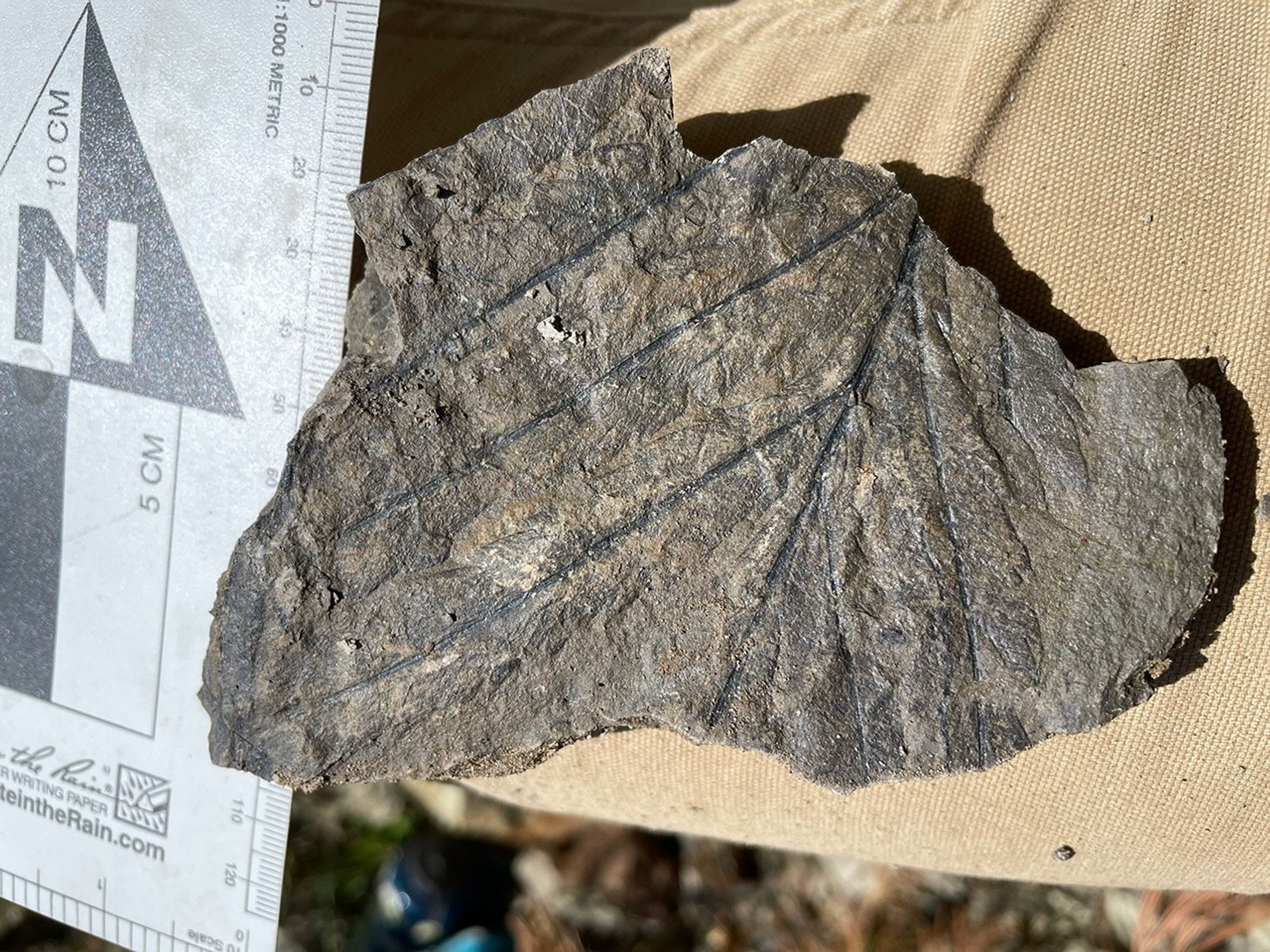4 min read
PROJECT
CubeSat Particle Aggregation and Collision Experiment, or Q-PACE
SNAPSHOT
Q-PACE will capture video of thousands of gentle collisions between particles in microgravity to understand the earliest steps in planet formation.

A NASA-sponsored team at the University of Central Florida (UCF) has built a small satellite designed to study how tiny particles collide and aggregate in microgravity. The spacecraft, called the CubeSat Particle Aggregation and Collision Experiment, or Q-PACE, has been integrated onto Virgin Orbit’s LauncherOne space vehicle, and is scheduled for launch no earlier than December 8, 2020. Q-PACE is part of NASA’s Educational Launch of Nanosatellites (ELaNa) program. The mission was selected in 2015 as part of NASA’s Small Innovative Missions for Planetary Exploration (SIMPLEx) Program.
The first steps of planet formation involve the formation of centimeter-scale objects through collisional aggregation of dust particles. These centimeter-scale objects, dubbed pebbles, then agglomerate into asteroid-sized objects called planetesimals aided by gravitational instabilities within the protoplanetary nebula. The same collisional processes also take place in the rings of Saturn and the other giant planets, controlling the rate of spreading of the rings and the formation of clumps and moonlets within the rings. Q-PACE will take advantage of the microgravity environment in low-Earth orbit, which allows particles to collide at low speeds (from less than a mm/s to several cm/s), to study the transition between bouncing, sticking, and fragmentation of aggregates. Q-PACE will capture information about thousands to tens of thousands of collisions between different types of particles to enable better understanding of the formation of pebbles and the collisional evolution of swarms of pebbles.

The 3U (10 x 10 x 30 cm) Q-PACE CubeSat carries a small Experiment Test Chamber (ETC) containing particles of various sizes, densities, materials, and shapes, ranging from micron-sized silicate dust to centimeter-sized quartz spheres. The ETC also includes a collection of chondrules, small pieces of meteorites that are some of the first solids to have formed in the gaseous nebula that became our solar system. While in Earth orbit, the ETC will be shaken at various speeds and along all three axes to induce collisions between the particles. The particles will be backlit in the ETC, and the experiments will be recorded on video by a COTS camera powered by a $35 Raspberry Pi microcontroller with custom radiation spot shielding. Data will be recorded at 90 frames per second to enable precise tracking of the particles during collisions. After the ETC is shaken, the resulting motion of the particles will be recorded until motion stops. Preliminary experiments suggest this entire process will take less than five minutes.
The ETC is the heart of Q-PACE and engineering the experiment to fit in the small CubeSat form factor was a significant challenge. UCF students iterated the ETC design and developed several prototypes to obtain the final product.
The Q-PACE mission will last up to three years, providing the opportunity to study adhesion and fragmentation events that happen only rarely, such as near-simultaneous collision of three or more particles. The mission will proceed over several phases with the introduction of different types of particles into the ETC, beginning with large solid spherical particles, and finishing with aggregates of micron-sized dust and chondrules. The large number of collisions to be recorded by Q-PACE over the course of the mission will enable a probabilistic description of collisional outcomes in the protoplanetary disk.

The small spacecraft will be powered by the Sun. Solar panels will charge batteries to power the test chamber, onboard camera, spacecraft control, and communications back to ground stations at the University of Central Florida (UCF) and the University of Arkansas. Because of the large volume of video data to be generated, Q-PACE will use data compression and multiple downlinks to complete an experiment. Both undergraduate and graduate students at UCF were heavily involved in the design and construction of Q-PACE, under the direction of Principal Investigator Joshua Colwell, Co-Investigators Julie Brisset and Addie Dove, and systems engineer Doug Maukonen. Larry Roe at the University of Arkansas and Jürgen Blum at the Technical University of Braunschweig complete the Q-PACE science team.
PROJECT LEADS
Dr. Joshua Colwell, University of Central Florida
SPONSORING ORGANIZATION
Planetary Science Division‘s Small Innovative Missions for Planetary Exploration (SIMPLEx) program







